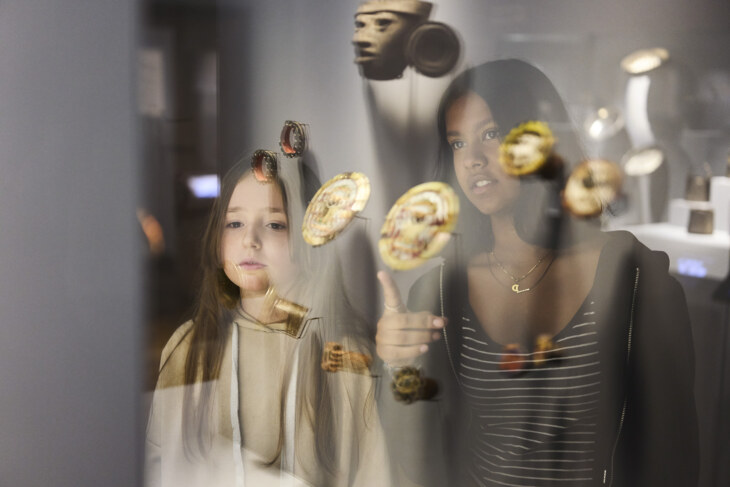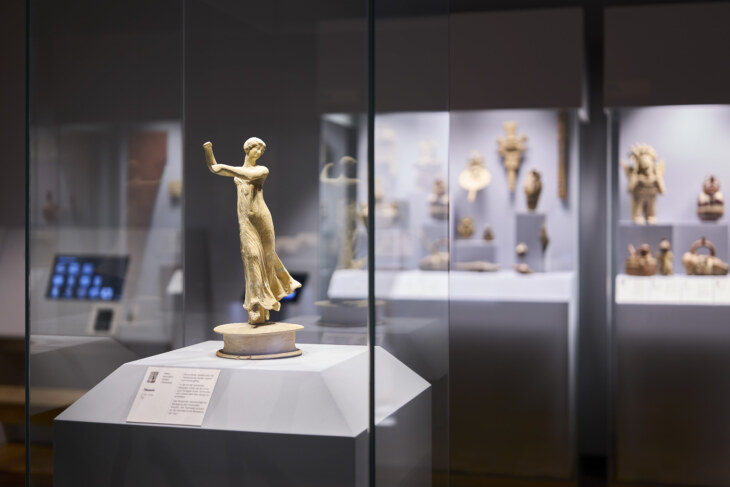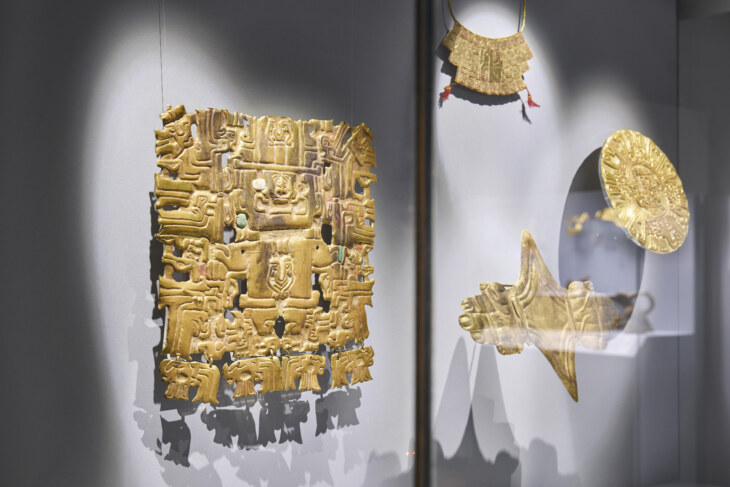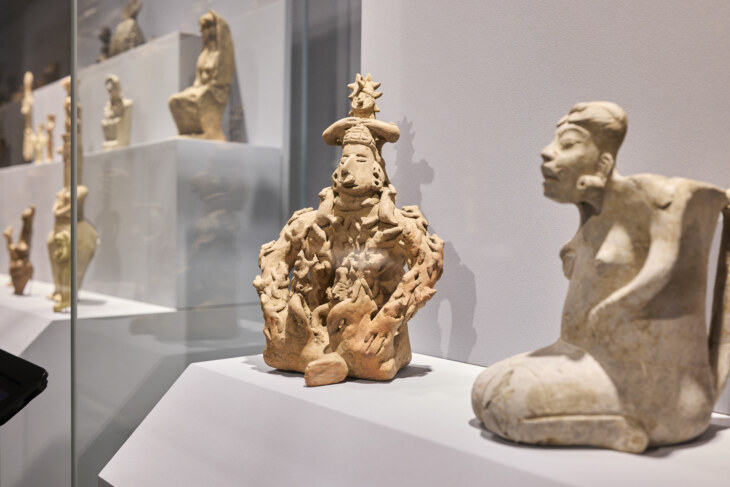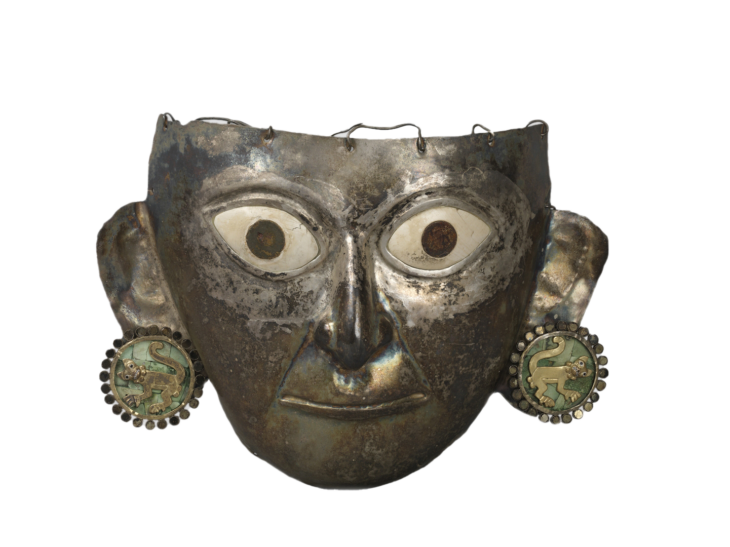Early Civilisations
Ebnöther Archaeological Collection
All the exhibits come from the donation from collector Marcel Ebnöther (1920–2008). The principle of comparative juxtaposition of artworks from the Old World and the New World also goes back to him. This approach makes differences and similarities between the two ancient cultural spheres visible.
On tablets visitors can access introductory texts, background information, and detailed views of all the exhibits. Selected exhibits can even be viewed from all sides thanks to video recordings made with rotating plates.
The exhibition offers an extraordinary concentration of highlights of ancient craftsmanship. The parade of exhibits begins in the first hall with a clay female figure from Tell Halaf in Syria (6th millennium BC) and ends with a marble portrait of the first Roman Emperor Augustus. On the opposite side of the room, we see the development from the first fired ceramics of the Valdivia culture (3rd millennium BC) in the south of present-day Ecuador to the ritual vessels of the Inca Empire at the time of the Spanish conquest.
The presentation also includes artifacts such as cuneiform tablets from Mesopotamia, Maya glyphs from ancient Mexico, and knotted cords from the Inca empire in South America. A highlight of the exhibition is the silver find from the tomb of the young Urartian Prince Inušpua from present-day Turkey. The seven royal ceremonial vessels from the 9th century BC are shown here for the first time together.




